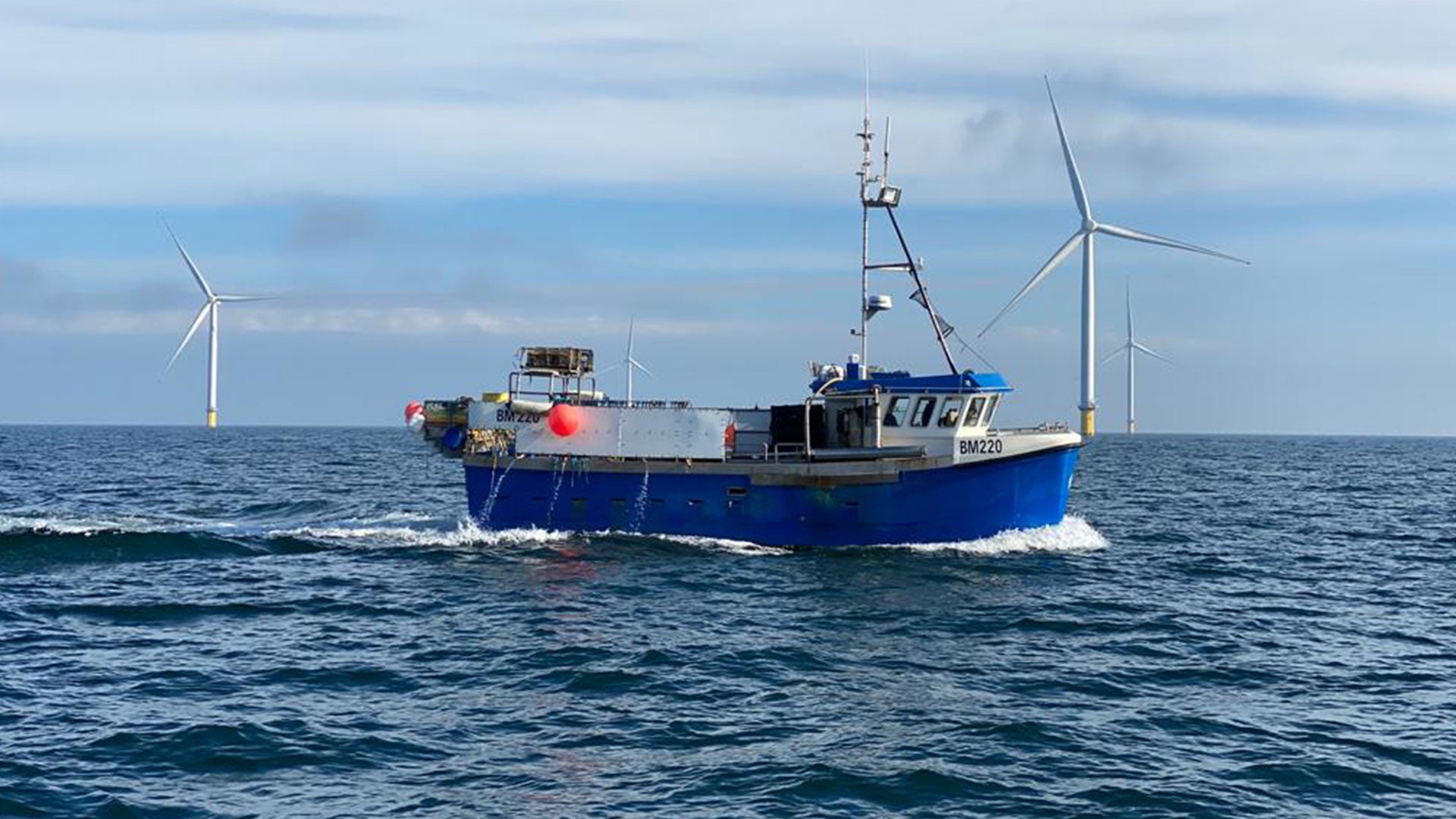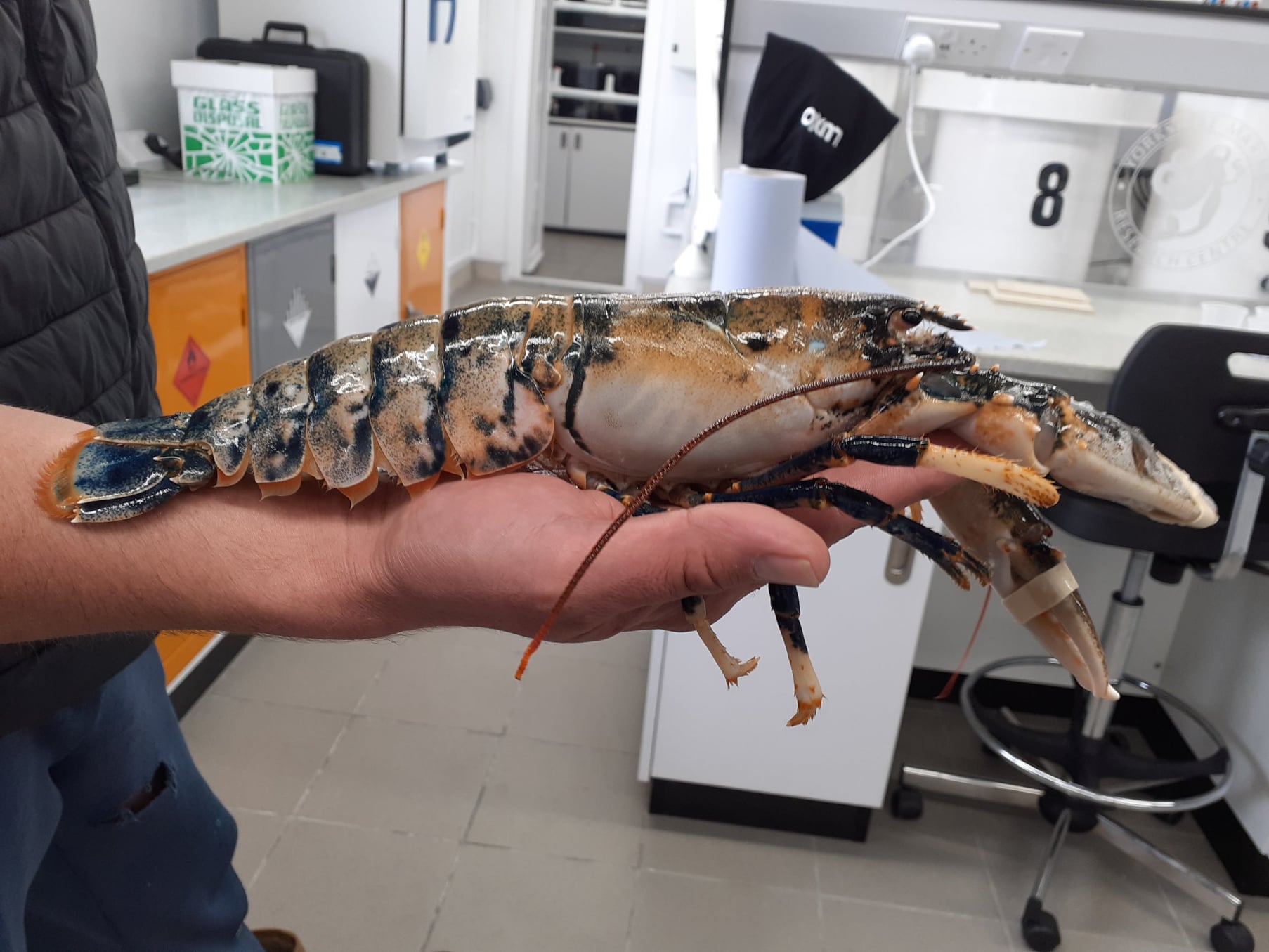What happened after a wind farm was built near the lobster capital of Europe
Offshore wind is a huge opportunity for the US but the fishing industry is worried about its businesses. Notably, the lobster industry pushed for the moratorium on wind farms near Maine’s coast that advanced through the local state legislature yesterday.


Offshore wind is a huge opportunity for the US but the fishing industry is worried about its businesses. Notably, the lobster industry pushed for the moratorium on wind farms near Maine’s coast that advanced through the local state legislature yesterday.
Maine is now set to study the effect of wind turbines operating in its waters, but the effect of wind farms on lobstering areas already has years of research in Europe. And it has revealed lessons for both the wind and fishing industries in the US.
The waters off Bridlington, UK, and nearby along the Holderness coast make up the largest lobster fishery in Europe. It’s regarded as the region’s lobster capital. While its lobster catch is significantly smaller than that of the North American Atlantic, the industry there provides a case study for how to develop a mutually beneficial partnership between wind farm developers and the fishing industry.
In the US, the first wave of offshore wind development is expected to be off the northeast coast:
The first empirical study of the effects of wind farms on lobster populations was in Bridlington, UK, “the lobster capital of Europe”
For almost a decade, Bridlington’s fishery has coexisted with two offshore wind projects, the Westermost Rough and Humber Gateway wind farms.
“We expected with the noise of the pile driving that these lobsters would just disappear, but they didn’t,” said Michael Roach, fisheries science officer and marine biologist for Holderness Fishing Industry Group (HFIG), a trade association and research center that maintains the Bridlington fishery.
After six years of monitoring, the initial results show that when the Westermost Rough was being constructed and fishing was paused temporarily, the abundance of lobsters increased, and the animals continued to breed and mature fully in the fishery. Those results were published in the ICES Journal of Marine Science. “We didn’t see any differences between our control and treatment sites. There were no dramatic changes and the wind farm hasn’t really had a negative effect on the lobster population.” according to Roach. The full study is completing review.
The research is the first empirical study of a wind farm effect on a lobster population. It used a first-of-its kind approach in which a developer and the fishing industry collaborated. While the work is specific to one fishery, it shows how the two industries can coexist.

“We’ve been facing offshore wind development for a decade now and it’s only expanding,” said Roach. “We know effects at the turbine level, potentially at the wind farm level, what we don’t know are the cumulative effects.” On the eastern seaboard of the US, southernmost lobster populations are declining due to climate change. Populations are migrating northward. “Will however many thousands of turbines inhibit that movement or will it increase lobster populations where they’re declining? These are questions we don’t know the answers to,” said Roach.
The Holderness fishing industry faced similar concerns as the US fishing industry
In 2011, the UK fishery was faced with gas pipelines, a carbon capture initiative aggregating extraction, various infrastructure projects, and then the planned development of Westermost Rough by Ørsted. “The wind farm was the straw that broke the camel’s back,” explained Roach. “Fishers want to fish. They don’t want to be given money to move out of the way, they just want to be left alone and fish.”
There were concerns, similar to those currently being raised by the US fishing industry, about the impact wind farms would have. Displacement, loss of fishing grounds, loss of species, whether electromagnetic fields found by the cables would introduce sharks and rays to the waters—all of these were concerns the Holderness fishing industry had.
The fishery’s businesses banded together and formed HFIG. It represented 65 vessels along the Holderness coast and employed a chief liaison to negotiate with Ørsted. HFIG’s liaison had backgrounds in marine biology and law. “That made it easier for both parties,” said Roach, “rather than facing a room full of 60 angry fishermen.”
The wind developer built a relationship of trust with the fishing industry, through a participatory process
Ordinarily, fishery monitoring projects are conducted by a commercial consultancy or university. However, it became clear that there was a disconnect between the practice of fishing and what was being planned for the study. The liaisons representing HFIG and Ørsted decided it would be a good idea to engage the fishing industry by allowing them to execute the monitoring project, with a steering committee and scientists available to guide the process. The collaboration ensured that the scientific surveys were studying the areas where commercial fishing occurs. The survey was designed to target the lobsters, with the same bait and times of fishing. “The fishermen helped design the survey, even down to using the same rope,” said Roach.
When the entire fishery benefits, everyone who uses it benefits
The constant spatial squeeze of the fishery makes negotiations ongoing for HFIG and developers. But the process of conducting the monitoring project with Ørsted established trust before Westermost Rough was constructed. “A developer wants to put their turbine array to generate the maximum wind capture potential, but sometimes if they offset that slightly to allow the fishing industry to work within the site, it’s a great tool to liaison with the fishing industry at the very early stages,” Roach said.
Ørsted also helped fund community initiatives for HFIG, including a research laboratory and lobster hatchery. As a result, public awareness of the fishery has increased. “Fishers should be compensated for their loss of earnings, but community initiatives are a better way from our experience,” explained Roach. “When the entire fishery benefits, the community in that fishery also benefits.”